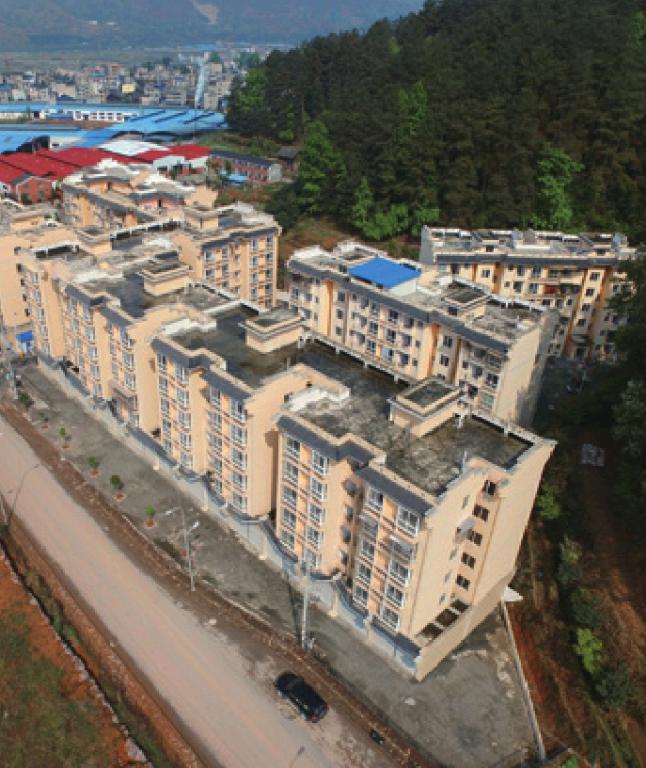Shoring Up Urbanization With a Dose of Development
2017-03-21
The State Council recently issued The National Territorial Plan (2016-30), which states that at present, China focuses more on the speed of urbanization rather than its quality. As a case in point, the total area built for urbanization purposes increased by 113 percent from 2000 to 2015—almost double the 59-percent growth rate seen in urban populations. The problem is compounded as some Chinese cities carrying capacity weakens, water and energy resources are inadequate, and environmental pollution increases.
Some local governments have overemphasized the need to expand the size of their city in order to meet urbanization goals. The population, however, hasnt grown in tandem with the increase in area. This is because it is difficult for farmers to make a living in cities, resulting in an urban population that grows at a slower pace than the size of the city.
Moreover, most local governments have failed to develop industries and services that could support farmers endeavors. Farmers are unwilling to move to cities because local governments have not combined industrial development with the expansion of their cities, impeding sustainable urban development. Although moving to a large city may be an attractive prospect to farmers, they often face various difficulties once they attempt to settle down in such places. As a result, the conflict between fast growing urban areas and their slowly growing populations has become increasingly prominent.
In the new round of urbanization efforts, China should try to avoid repeating previous mistakes. Rather than expanding urban areas, small townships should focus on developing supporting industries and providing services, so that farmers moving to those cities will be able to find jobs and improve their living standards.
Urbanization efforts should prioritize peoples living standards and provide incentives for them to stay in the new cities. The key to doing so is to increase employment opportunities through industrial development and promote prosperity throughout the growing urban population.
Industrial development is an integral part of the urbanization process. Local governments may get the ball rolling through initial investment, but growing industries produce the funds needed to provide supporting services. As conditions in small townships improve, they will attract more qualified people from larger cities. This will not only relieve pressure on larger cities, but also invigorate small townships.
Therefore, in order to advance urbanization the government must prioritize industries first, focus on attracting talented people, and provide adequate services to support those industries and their staff. Local governments must exercise prudence when deciding which industries to develop, particularly to avoid competition for resources and exploitation of the natural environment. Instead, they should strictly abide by national industrial policies, take local conditions into consideration and make full use of their respective local resources without simply imitating other regions efforts.
